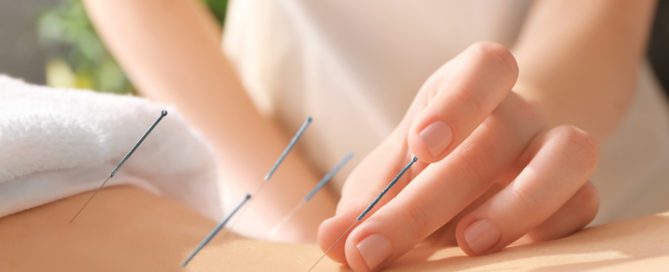Women’s Heart Health
By: Dr. Keara Taylor, ND Cardiovascular disease is the leading cause of morbidity and mortality among older post- menopausal women. As women, the risk of cardiovascular disease is 2-3 times higher after menopause (1). Statically, men are at a higher risk, however, as women age, their level of risk approaches that of men, and the lifetime risk for women may actually be higher because we live longer (2). The risk of cardiovascular disease in women should not be underestimated, and because there appears to be a link between hormones and cardiovascular disease – we see rates increase significantly after menopause – we can and should be proactive in managing that risk, especially as we age. The average age of menopause in women is approximately 51, and is often accompanied by the immediate symptoms of hot flashes and night sweats. However, longer-term issues can also arise, such as cardiovascular disease, osteoporosis and cognitive impairment. The Study of Women’s Health Across the Nation (SWAN) looked at the correlation between a menopausal woman’s experience of vasomotor symptoms like hot flashes with cardiovascular risk factors. It found that vascular aging, endothelial dysfunction and large artery stiffening seemed to increase in women during the menopausal transition and that women with hot flushes had higher rates of subclinical cardiovascular disease (1). As women enter menopause, treating symptoms with bioidentical hormone replacement therapy (BHRT) may be a good option, and should be discussed with a health care practitioner. While the use of BHRT in menopause is beyond the scope of this article, here are some dietary and lifestyle practices that you can implement right now that have been shown in the literature to reduce the risk of cardiovascular events: […]










